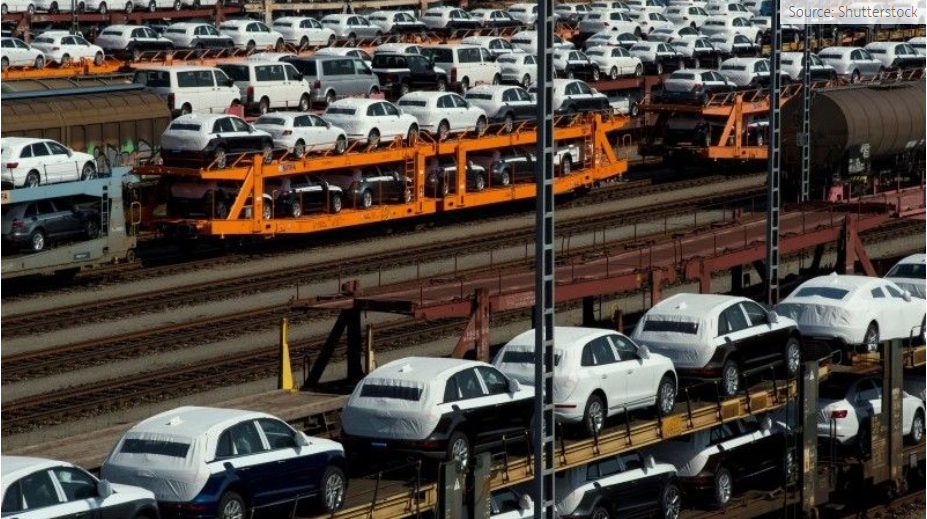ING hæfter sig ved, at det tyske Ifo-institut for tredje måned i træk viser en nedtur i tysk økonomi. Indekset faldt til 98,8 point i september. Men det er et midlertidigt fænomen, og virksomhederne venter en forbedring på lidt længere sigt. Årsagen er den enkle, at tyske virksomheder har forsyningsproblemer. Når de er overstået, og når coronakrisen fører til en normalisering af forbruget og indenrigsøkonomien, vil den økonomisk vækst også forbedres.
While currently all interest is on the German elections, the Ifo index just joined the choir of recently released leading indicators pointing to a clear loss of momentum in the German economy.
The Ifo index dropped for the third month in a row in September and came in at 98.8. This drop was mainly driven by a strong drop in the current assessment component, while expectations remained almost stable. The trend is clear: down. However, compared with the second quarter, the current assessment component – which traditionally has the closest link with actual GDP growth – was still higher in the third quarter, indicating that the loss of momentum may only show up in the hard data in the final months of the year.
Loss of momentum can be summarised in three words
The reason for the economy’s loss of momentum can be summarised in three words: supply chain frictions. Sure, some kind of optimism overshoot in the spring, the Delta variant or political and policy uncertainty ahead of the elections could also qualify as potential drags to the economy.
However, supply chain frictions caused by the pandemic and lockdowns are the number one risk factor for the economy. Supply chain frictions were already being felt in the second quarter as industrial production shrank, weighing on the overall positive post-lockdown rebound. Richly-filled order books and low inventories would normally bode well for industrial activity but are currently hampered by the lack of microchips and other components. Some companies have already started to apply for furlough schemes or have sent some of their workforce on holiday.
It is hard to predict when the supply chain frictions will be over. In fact, it could take until next summer before all disruptions have been resolved and supply chains are back to normal. This does not automatically mean that the German economy will suffer for another year. Instead, expect a wobbly zigzag pattern of industrial production in the coming months, driven by the delivery of supply goods.
All of this means that in the coming 12 months there will be two main trends shaping Germany’s economic performance: a normalisation of retail and service activity after the first post-lockdown peak and at the same time, a surge in industrial production once backlogs are reduced.

